![]()
![]()
![]()
Use LEFT and RIGHT arrow keys to navigate between flashcards;
Use UP and DOWN arrow keys to flip the card;
H to show hint;
A reads text to speech;
15 Cards in this Set
- Front
- Back
|
FOOT
|
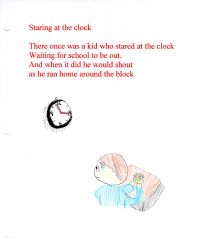
A foot is a unit of metre, consisting of a combination of stressed and unstressed syllables.
|
|
|
METER
|
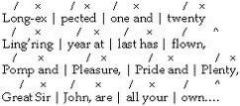
Analysis of verse into metrical patterns.
|
|
|
SIGHT RHYME
|
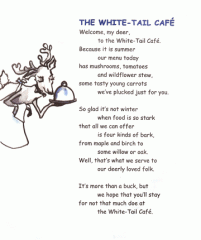
agreement in spelling , but not in sound , of the ends of words or of lines of verse, as in have, grave. Also called eye rhyme
|
|
|
SLANT RHYME
|
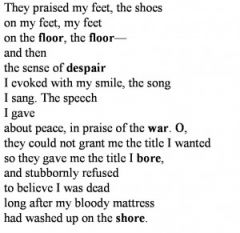
rhyme in which either the vowels or the consonants of stressed syllables are identical, as in eyes, light; years, yours. Also called half rhyme
|
|
|
IDENTICAL RHYME
|
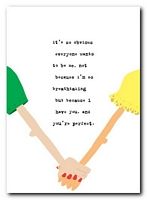
rhyme of whole syllable: perfect rhyme of a whole syllable, including consonants and vowels, e.g. "describe" and "inscribe"
|
|
|
END RHYME
|
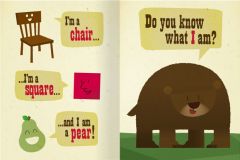
rhyme at end of lines: the use of rhyme at the ends of lines of poetry, or an example of this
|
|
|
INTERNAL RHYME
|

rhyme within a line
|
|
|
RHYME SCHEME
|
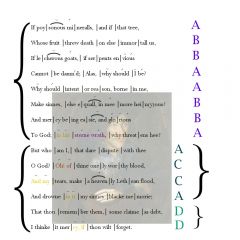
pattern of rhymes.
|
|
|
IMAGERY
|

metaphors and similes: the figurative language, especially metaphors and similes, used in poetry, plays, and other literary works.
|
|
|
SYMBOLISM
|

use of symbols: the use of symbols to invest things with a representative meaning or to represent something abstract by something concrete
|
|
|
ALLITERATION
|
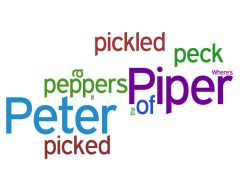
use of similar consonants
|
|
|
SIMILE
|

figurative language drawing comparison: a figure of speech that draws a comparison between two different things, especially a phrase containing the word "like" or "as," e.g. "as white as a sheet"
|
|
|
METAPHOR
|
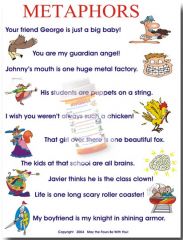
figurative language: all language that involves figures of speech or symbolism and does not literally represent real things
|
|
|
STANZA
|
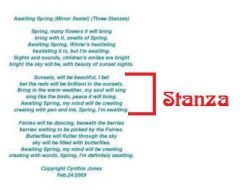
One of the divisions of a poem, composed of two or more lines usually characterized by a common pattern of meter, rhyme, and number of lines.
|
|
|
RHYTHM
|
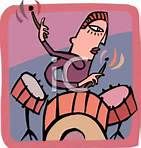
the arrangement of spoken words alternating stressed and unstressed elements
|

